If you've ever wanted a phone that comes with a pen but you don't want to shell out over a thousand dollars for Samsung's Galaxy Note, you're in the right place. The smartphone/pen combo is rare, not often seen beyond Samsung's Note, LG's Stylo, and of course, the Moto G Stylus.
I'm a big fan of taking handwritten notes, and I'm still waiting for that perfect cellular-connected mini tablet that I can hold in one hand. For now, I'll take the larger 6.8-inch screen on the new Moto G Stylus. Indeed, it's bigger than last year, a major factor in it being comfortable to use with a pen.
It's also got a faster processor, of course. The camera is 48MP with an f/1.7 aperture, the battery is big at 4,000mAh, and it comes with 128GB of storage.
Specs
| CPU | Qualcomm Snapdragon 678 |
|---|---|
| GPU | Adreno 612 |
| Body | 169.8x77.9x9mm, 213g |
| Display | 6.8" FHD+ Max Vision display, 1080x2400, 386ppi |
| Camera | 48MP f/1.7 + 8MP f/2.2 ultra-wide + 2MP f/2.4 macro + 2MP depth, Front - 16MP f/2.2 |
| Video | Rear main: 4K - 30fps, 1080p - 60fps Rear ultra-wide: 1080p - 30fps Rear macro: 720p - 30fps Front: 1080p - 30fps |
| Battery | 4,000mAh, 18W TurboPower (10W charger in the box) |
| RAM | 4GB |
| Storage | 128GB, expandable yup to 512GB |
| Ports | USB 2.0 Type-C, 3.5mm audio jack |
| Material | Plastic |
| Color | Aurora Black |
| OS | Android 10 |
| Price | $299.99 |
Design
The Moto G Stylus's design is a blend of elements that we've seen before. Motorola seems to love its rainbow-colored reflective backs, as you'll see from this Aurora Black unit. It also comes in Aurora White, in case that's more your style. It's made out of plastic, which the Moto G series has been doing for a few years now since it switched over from metal, but there's still no wireless charging.

In fact, I'm a bit surprised that there's still no wireless charging. The Moto G series has always been about value for your money, and for a series that continues to add value year after year, not much has changed since last year's Moto G Stylus, but I digress.

The back of the device has a sort of textured look, even though it's not. It adds to the metallic tones and the different colors in the reflection. The camera housing is rectangular with rounded corners, something that we've also seen in devices from Apple, Google, Huawei, and Samsung. Interestingly, the rest of the Moto G series puts a square camera in the middle, rather than in the corner.

In fact, a lot of the design across the lineup seems to be random. On the right side of the device, there's a fingerprint sensor on the power button along with a volume rocker. It's the same on the Moto G Power (review coming soon), but both the Moto G Play and the newly-announced Motorola One 5G Ace puts the fingerprint sensor on the Motorola logo on the back. Personally, I'd rather have a fingerprint sensor on the back than on the side, but that's just preference.

On the bottom, you'll find all of the goodies you need, such as the USB Type-C port for charging and the 3.5mm audio jack. Indeed, like most phones in this range, it does have a headphone jack. This is also where you'll find the pen garage. Just press on it and the pen will pop out.
Something to consider when looking at the Moto G Stylus is that you really should want the pen. If you're not interested in it, this probably isn't for you. In the old days, there was a Moto G and a Moto G Plus that were all about providing value for your dollar. Those days seem to be fading away in favor of Motorola trying to solve one specific pain point in a low-price device. In this case, it's about providing a pen without making you spend Galaxy Note money. For the Moto G Power, it's all about battery life.
Display and pen
The new Moto G Stylus has a 6.8-inch 1080x2400 display, whereas its predecessor had a 6.4-inch 1080x2300 display. As I mentioned earlier, the larger screen is definitely better for pen usage, although it's not that much larger. Mostly, the screen is taller, although it is a bit wider. Remember, screens are measured diagonally, so the larger the aspect ratio, the smaller the surface area. A seven-inch 16:9 tablet has a much larger screen than this 6.8-inch 20:9 smartphone.

Like I said, you do really have to want the pen. I suspect that if Motorola went for straight-up value for dollar, we'd be seeing a 90Hz screen right now, but we're not. The good news is that I'm a big fan of pens in general.

When you pop out the pen, you'll get a menu on the side of the screen with some things that you can do with it. By default, the first one is Screenshot editor, which takes a screenshot and lets you write on it. Another app that comes pre-installed and is on the shortcut list by default is Coloring book. Yes, this app is exactly like it sounds. There are a bunch of drawings that you can use to color, and it's a lot of fun. You can even import your own.
Also included are Moto Note and Keep Notes. Obviously, the latter is Google Keep, and the former is Motorola's own note-taking app. I'm a OneNote guy, so the good news is that you can easily edit which apps show up in the shortcuts. It doesn't even have to be something pen-related; however, Motorola has a Power touch feature in the Moto app that also gives you a list of shortcuts by double-tapping the power button. Motorola has a lot of useful features in the Moto app for you to play around with, and putting them in their own app is a nice and tidy way of keeping them out of Settings.

Back to the display itself, there's a hole-punch cut-out for the front-facing camera in the top-left corner. This seems to be the standard these days, with hole-punch cut-outs replacing notches and motorized pop-up cameras. Motorola used the same style with last year's Moto G Stylus as well.
Camera
This year's Moto G Stylus includes a 48MP f/1.7 main rear camera; in fact, it seems to be identical to last year's sensor. It also has an eight-megapixel f/2.2 ultra-wide camera, a downgrade from last year's 16MP ultra-wide sensor. Finally, it includes 2MP macro and 2MP depth sensors, which are cheap sensors that allow Motorola to call this a quad-camera smartphone. I did include a macro shot or two in the samples that you'll see but seriously, you'll get better macro photography if you crop an image taken with the main sensor.

That main sensor does use quad pixel technology, as does the 16MP front camera. That means that you can only take 12MP images with the rear camera. Strangely, Motorola does let you set the front camera to the full 16MP if you want, but there's no option like that for the rear camera and its 48 megapixels.
Motorola does have some fun camera features, such as Cinemagraph, which captures a still image with a select part of it moving and saves it as a GIF. Spot Color lets you select a color, and the camera will only use that color with the rest as monochrome. New to this year's model is Spot Color for video. Like I said, it's fun, and Motorola is good at making things that are fun.
It also comes with a night mode, which takes a few seconds to take the picture to let in more light. As you can see in the samples, it definitely brightens up pictures when it needs to.
Low-light photography is fine given the price point. The f/1.7 aperture, quad pixel technology, and night mode all do their jobs. I was actually impressed with the daytime photography, something I don't usually bother pointing out. There wasn't any fake blur making the photos look artificial, or motion because the shutter speed was too slow. The photos came out quite nice for a $300 smartphone.
Performance and battery life
The Moto G Stylus includes a Snapdragon 678 chipset, which has two large cores clocked at 2.2GHz and six little cores clocked at 1.7GHz, along with an Adreno 612 GPU. On top of that, it comes with 4GB of RAM and 128GB of storage.
With all of that, I found performance to be sluggish at times, something I found to be a bit surprising given the Snapdragon 6 series processor and Motorola's attempts to be as pure Android as possible. I assume that it was the 4GB of RAM that choked it up at times.

It's also worth noting that this is a 4G LTE phone, as the Snapdragon 678 is not a 5G chipset. If Motorola wanted to go for 5G, it could have done so with the Snapdragon 690, like OnePlus did with the Nord N10 5G, which just happens to cost the same $299 as the Moto G Stylus. In fact, Qualcomm is trying to bring 5G to devices as low-priced as $150 with the Snapdragon 480, but of course, there's more to the story than 5G.
I keep coming back to this idea that this would be a much better all-around device if there wasn't this focus around the pen. Perhaps we'd have 6GB RAM instead of 4GB, perhaps we'd have 5G instead of 4G, perhaps we'd have a 90Hz display instead of 60Hz, and perhaps we'd have wireless charging. Of course, I'm not asking for all of these things, but I feel like the top-end Moto G phone used to provide a lot more all-around value. Now, it's focused on people that want a stylus.
There's more bad news too, which is that it ships with Android 10. While it will surely get an Android 11 update, Motorola only provides one feature update for its Moto G lineup, so starting it behind the curve means that at some point, it's going to be brought up to date, and that's probably going to be it.
Battery life is pretty great though. This thing comes with a 4,000mAh battery, and I had no problem getting well over a day of battery life. The battery size is the same as last year's model, and while I wasn't able to review that one, battery life should be roughly the same.
For benchmarks, I ran Geekbench 5, AnTuTu, and GFXBench. First up is Geekbench 5, which tests the CPU.
If you compare this to the Snapdragon 690 in the OnePlus Nord N10 5G, that got 605 on single-core and 1,847 on multi-core, so the difference isn't just about 5G. Next up is AnTuTu, which tests everything.
Once again comparing it to the Nord N10 5G, that device got 282,260 on this test. Finally, GFXBench tests the GPU.
Conclusion
Let's bring it back to the OnePlus Nord N10 5G. That device has a faster processor, 5G connectivity, a 90Hz screen, 6GB RAM, a higher-resolution camera, and a larger 4,300mAh battery, all for the same price of $299. The Moto G Stylus' advantage over the Nord N10 5G is pretty much the pen.

Standing on its own, this is a great device. It feels good to use, and it provides a lot of fun, useful features. It's an easy phone to fall in love with. Like I said though, you really have to want the pen. If you're the type of person that buys a phone with a pen and then never uses it, you're probably better off with something else.
The big thing that I take issue with is that the Moto G series has fundamentally changed since the last time I reviewed one in 2019. This series of devices used to provide unparalleled value when compared to its competition. In the early days of the brand when Motorola was owned by Google, it set out to prove that you can get a good phone for a couple hundred dollars, something that really hadn't been done. Time and again, Moto G set the bar for value in the mid-range.
Now, like with the Motorola One series, the company seems to just be making specialty phones, devices that are made to solve very specific pain points, and leave a lot on the table in other areas.
I don't want to make it sound like I dislike the Moto G Stylus, because I don't, and you probably won't either. It's a lot of fun, with useful features that make it stand out. Indeed, I've never met someone that invested in a Motorola phone and didn't absolutely love it. This is just the first time I've ever been able to say that a different device provides more value at the same price than the top-end Moto G, and that's notable.
Motorola sent me all four of the phones it announced last week for review, so expect to see reviews of the Moto G Power, Moto G Play, and Motorola One 5G Ace soon.






















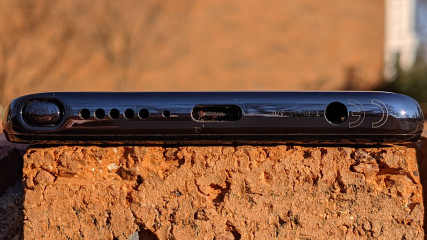
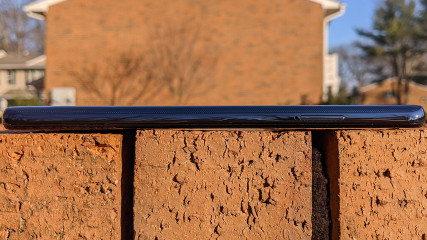
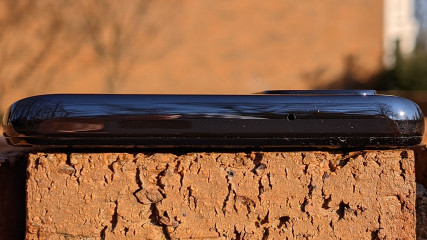
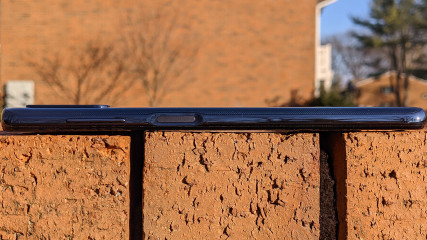
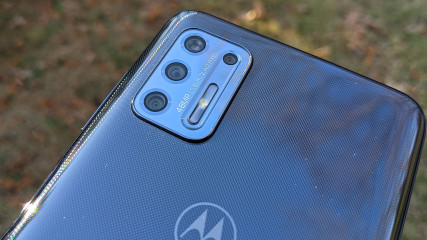

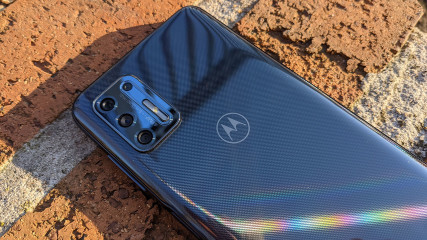
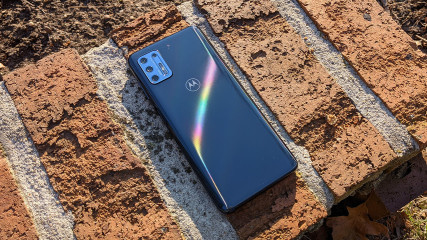

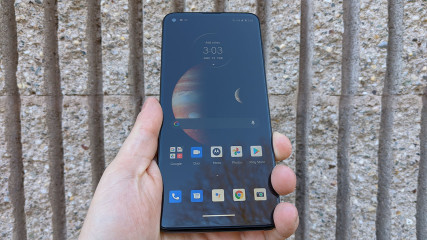
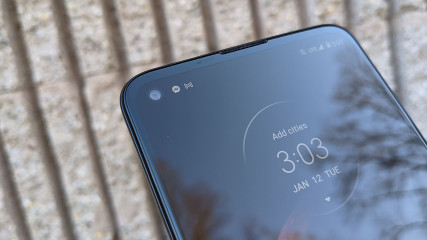
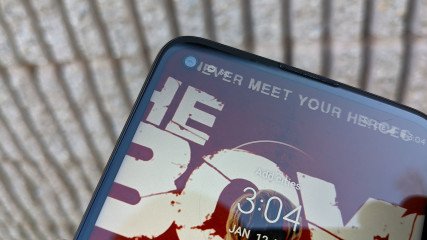

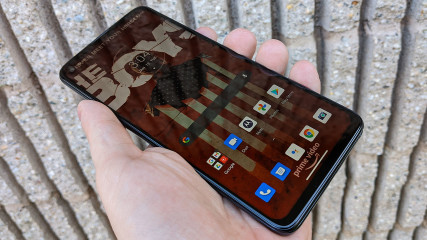


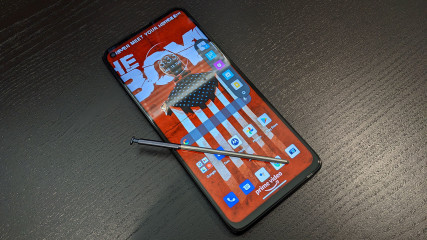
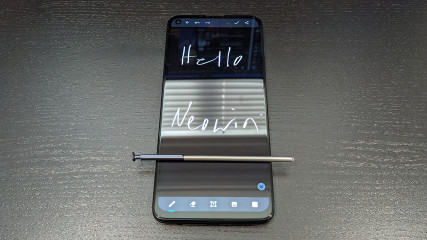
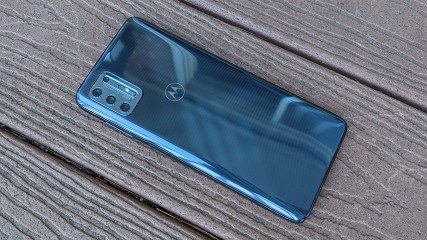
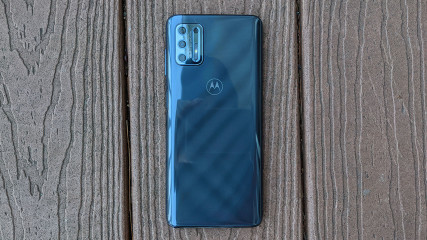









9 Comments - Add comment